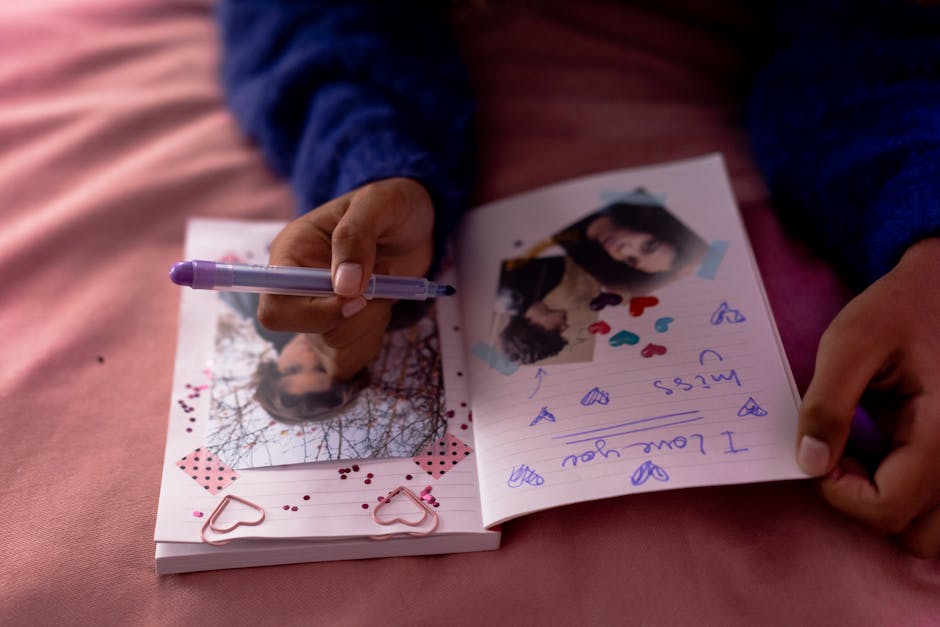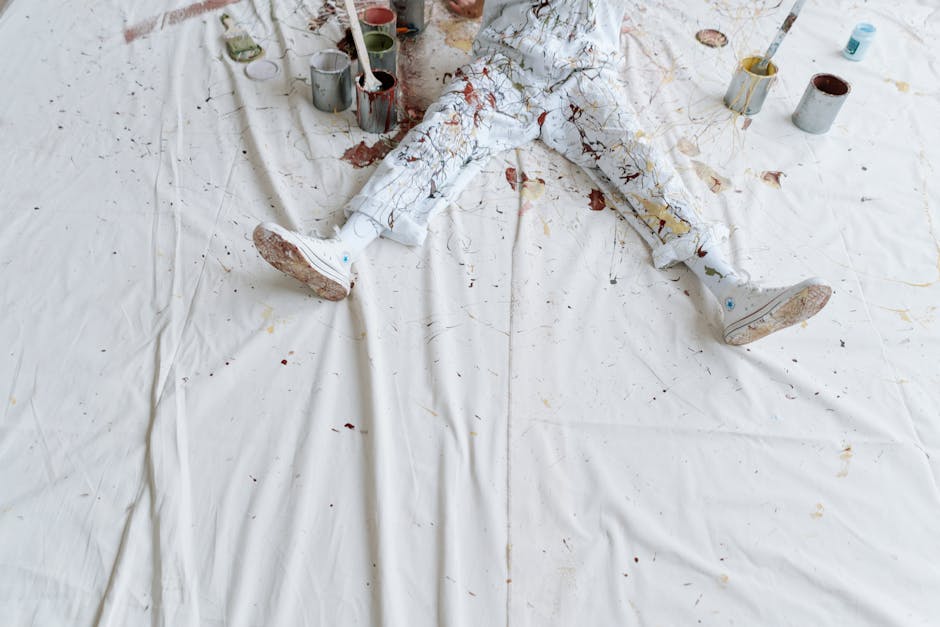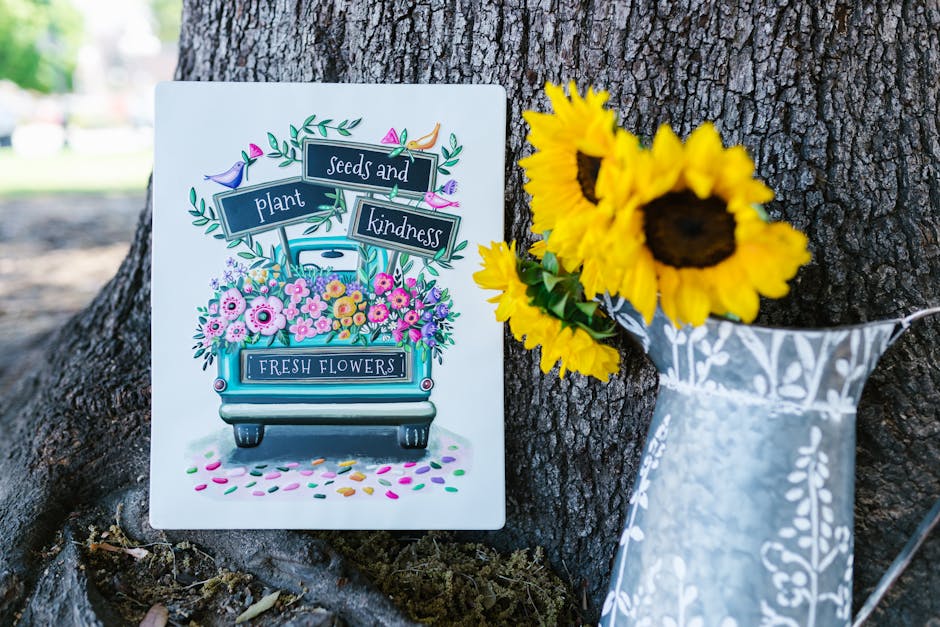Vlogging has weathered every algorithm tweak, platform migration, and content fad for one reason — it adapts. In a landscape where trends vanish as fast as they appear, vlogging has held steady by staying personal, flexible, and real. It’s visual storytelling at human scale. Whether it’s polished daily routines or grainy one-take confessions, audiences keep showing up for the people, not the polish.
But 2024 is a different beast. The rules are shifting, and creators who don’t evolve will fall behind. Algorithms are more sensitive, surface-level content isn’t cutting it, and audiences are quicker to bounce. Vloggers now need to blend performance with presence — producing content that’s not just seen, but felt. Strategic use of AI, powerful short-form formats, hyper-specific niches — these aren’t just trends, they’re tools. The creators who know how to use them without losing their voice will stand out.
This year, attention is earned. Not with gimmicks, but with clarity, consistency, and care.
Freewriting is a blunt tool—and that’s exactly why it works. No structure, no judgment, just words pouring onto a page. It’s not about pretty sentences; it’s about cracking your own walls. When you write without stopping, you start bypassing all that internal noise. Somewhere in the chaos, ideas show up. Sometimes they make no sense. Sometimes they’re the seed of something sharp and true. These raw lines can lead to concepts worth sketching out later.
Visual journaling gets even messier—in a good way. It’s where doodles meet scraps of thoughts. A gut reaction. A half-sentence. A weird little map connecting one thought to another. If you default to words, try drawing. If you draw by habit, toss in some phrases. It’s not for show. It’s a way of thinking out loud, with your hands.
Then there’s prompt-based journaling. Doesn’t sound exciting, but done right, it loosens things up fast. Prompts built around senses, past memories, or raw emotion help pull things out you didn’t know were sitting there. You’re not trying to be clever. You’re aiming for honesty, or curiosity, or something in-between. Sometimes the best creative breakthroughs start with a strange smell you remember from childhood or how you felt on a quiet Tuesday you forgot until now.
Journaling isn’t just therapy on paper. For creators, it’s raw material. Inside those messy, unfiltered entries are patterns—recurring thoughts, specific moods, moments that stick. Mining them means stepping back, spotting metaphors you keep coming back to, themes that naturally emerge. These are your creative signals.
Once you’ve pulled those threads, start shaping them. That cryptic 2 a.m. note about feeling lost in a crowd might become the core of a storyboard. That sketch beside your rant about burnout could feed into an entire mood board. The key is movement—from raw emotion to visual or narrative reference.
This builds a reliable pipeline. You’re not waking up waiting for ideas. You’re building them, stacking them, evolving them. Journaling feeds production. It’s not always polished, but it’s always honest. That’s the sweet spot where the best content starts.
Analog vs. digital journaling is less about right or wrong and more about picking the tool that gets out of your way. Analog has its fans — the physical act of writing slows the mind just enough to untangle thoughts. It’s tactile, grounding, and doesn’t ping you with alerts. On the other hand, digital tools like Notion, Day One, or even a notes app offer speed, searchability, and endless customization. Creators who are on the move or juggling multiple projects often lean digital for convenience alone.
Templates and guided journals help when you’re staring at a blank page. These give your thoughts a structure to follow — think mood check-ins, goal trackers, or gratitude prompts. But some creatives still prefer to build their own systems to suit evolving needs. Bullet journals. Voice memos. Hybrid methods. There’s no single formula.
The habit part is what trips most people up. Don’t wait for inspiration or big emotions. Journal like brushing your teeth. Set a time, make it easy to start, and keep it low-pressure. Two sentences can still count. The key is to capture the momentum, not magic.
Journaling isn’t just for writers. It’s a quiet tool that more visual creators are using to clear the noise and make sharper work. Designers sketch morning thoughts before jumping into Figma. Filmmakers jot quick scene ideas or mood notes while their coffee brews. Animators scribble motion concepts with arrows and stick figures. Illustrators block out feelings on paper before they ever pick up a stylus.
What starts as a five-minute daily habit often snowballs. One animator tracked a weird recurring dream and turned it into a full-blown short film. A designer vented frustration about client work and stumbled into a better pitch framework. Even a single sentence can spark a breakthrough—something raw and real that guides big creative leaps.
The connection is simple: clarity inside makes the output stronger. When creators sort their inner chaos on the page, their visual storytelling finds focus. They’re not just making things that look good—they’re making things that connect.
(For related strategies, visit: How to Break Creative Blocks and Spark New Ideas)
Journaling isn’t optional anymore. It’s a disciplined habit that fuels creativity over time. Most creators treat it like a side thought—or worse, a luxury. But regular journaling creates a structure where messy thoughts turn into usable content ideas. When you show up with a pen and some headspace, every day, you’re not waiting for inspiration—you’re producing kindling for future work.
One page a day is enough. It doesn’t have to be polished or even coherent. What matters is consistency. Over weeks and months, that pile of half-formed thoughts becomes a vault. You end up with raw concept sketches, story fragments, even full outlines. Creators who journal don’t rely on luck. They build tools they can use.
It’s a quiet ritual. You pair discipline with spontaneity. And without making a big deal about it, you gradually wire your brain for repeatable ideation. The vlog may be the final cut, but journaling is where it often starts.




